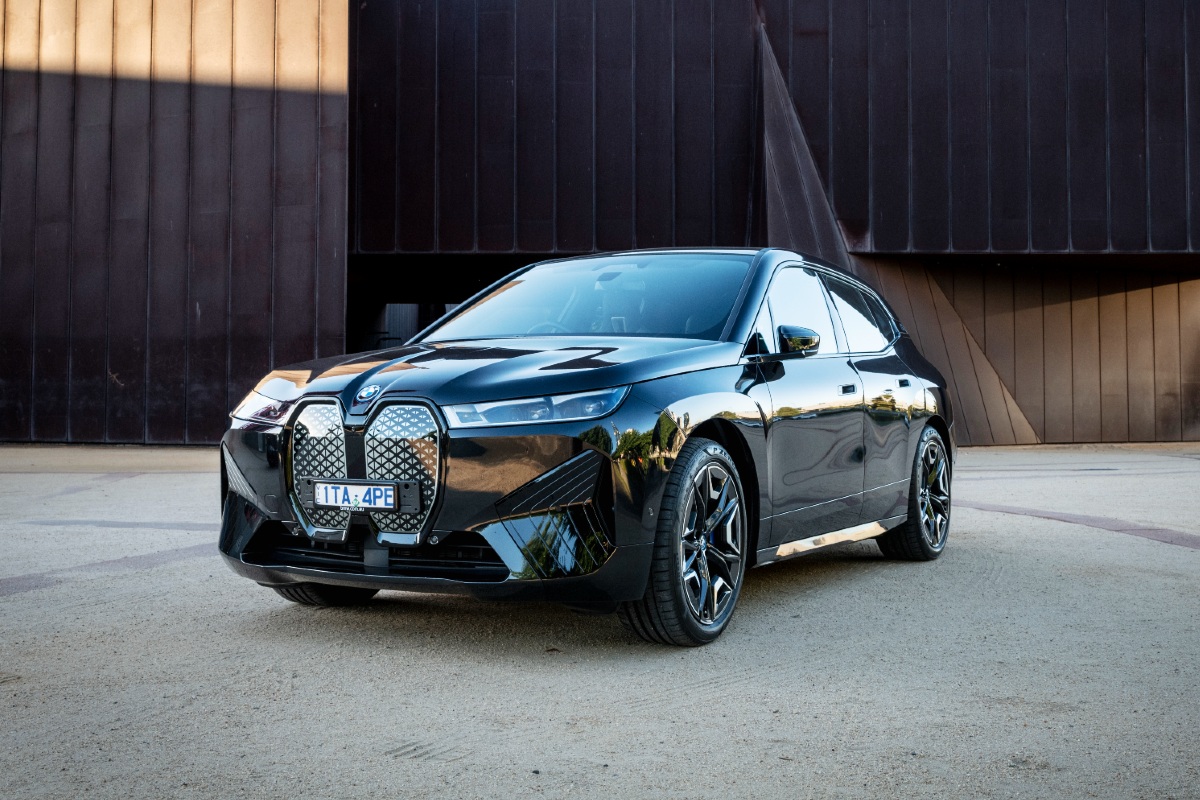
What is it?
BMW’s future defined by a single car – both metaphorically and literally. The iX has been created as both a showcase of all of its current electric vehicle technology, as well as a new flagship SUV (at least until the all-new XM arrives sometime in 2023).
It also serves as a symbol of the brand’s dramatic change of EV plans, with the full-size five-seat SUV a very different proposition to the brand’s first EV, the compact i3 hatch.
Its dramatic looks make it clear that BMW is making a bold move to reclaim lost ground in the electric car race, with the iX a clear rival to the likes of the Tesla Model X, Jaguar I-Pace and Audi e-tron that came before it.
It’s an incredibly unconventional BMW in every way and yet remains true to the brand’s DNA. For example, the brand’s trademark ‘kidney grille’ is still there at the front, but it’s not actually a ‘grille’ because there’s no engine to cool. Instead it has become an ‘Intelligence Panel’ with ‘self-healing’ properties which hides the cameras and sensors needed for all the safety technology this car is loaded with.
Even just getting in the iX is a very different experience, with sensors in the key triggering a short light show before unlocking the doors and popping the flush fitting door handles as you approach.
It may sound trivial but it sets the tone for the whole experience with this new BMW standard bearer.
Does it have any racing pedigree?
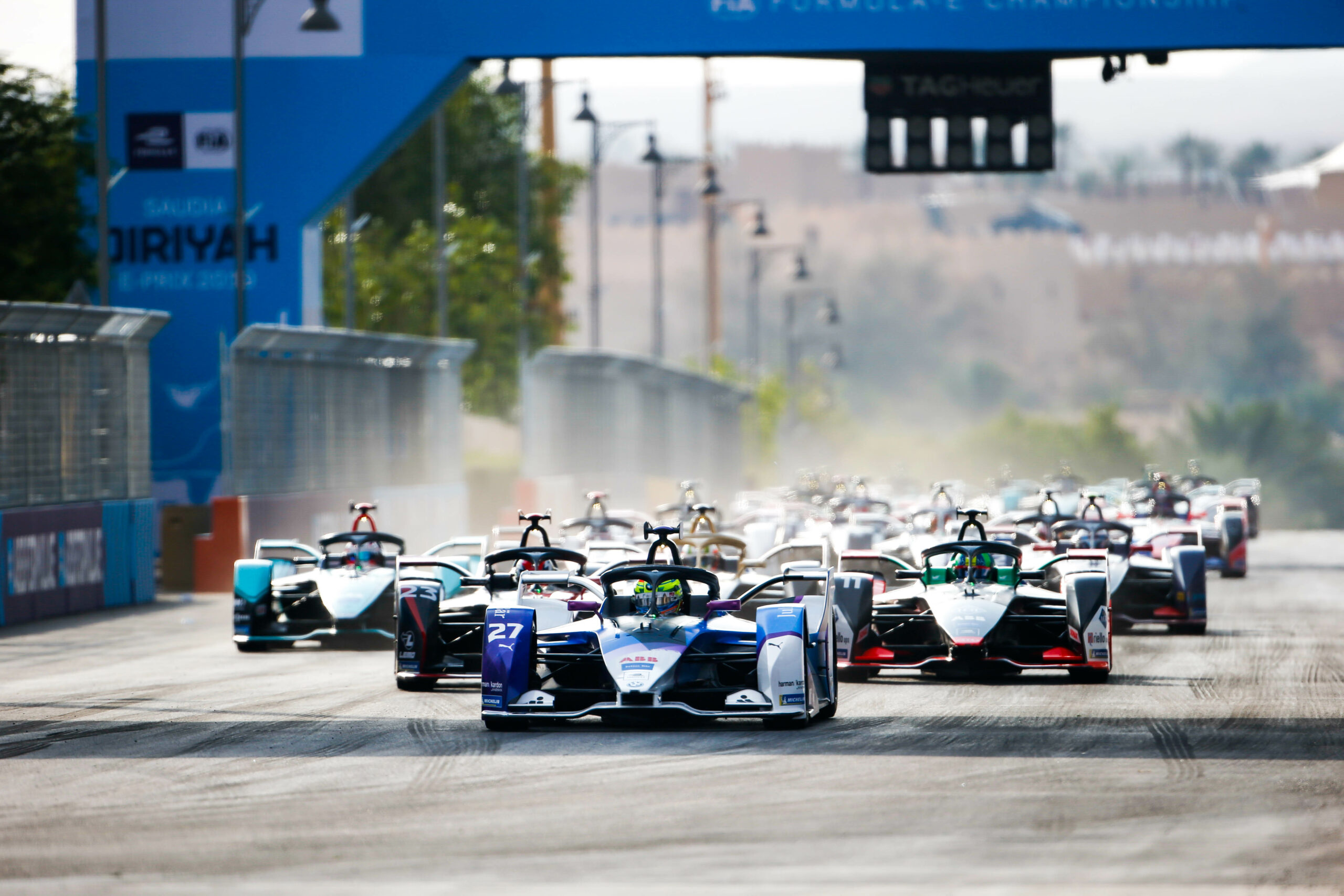
Surprisingly for a big, luxurious SUV there is a line you can draw from BMW’s involvement in Formula E racing and its latest range of electric cars. The company used Formula E as a way to learn more about battery and thermal management as well as how to extract the best combination of range and performance from electric motors.
What’s under the bonnet?
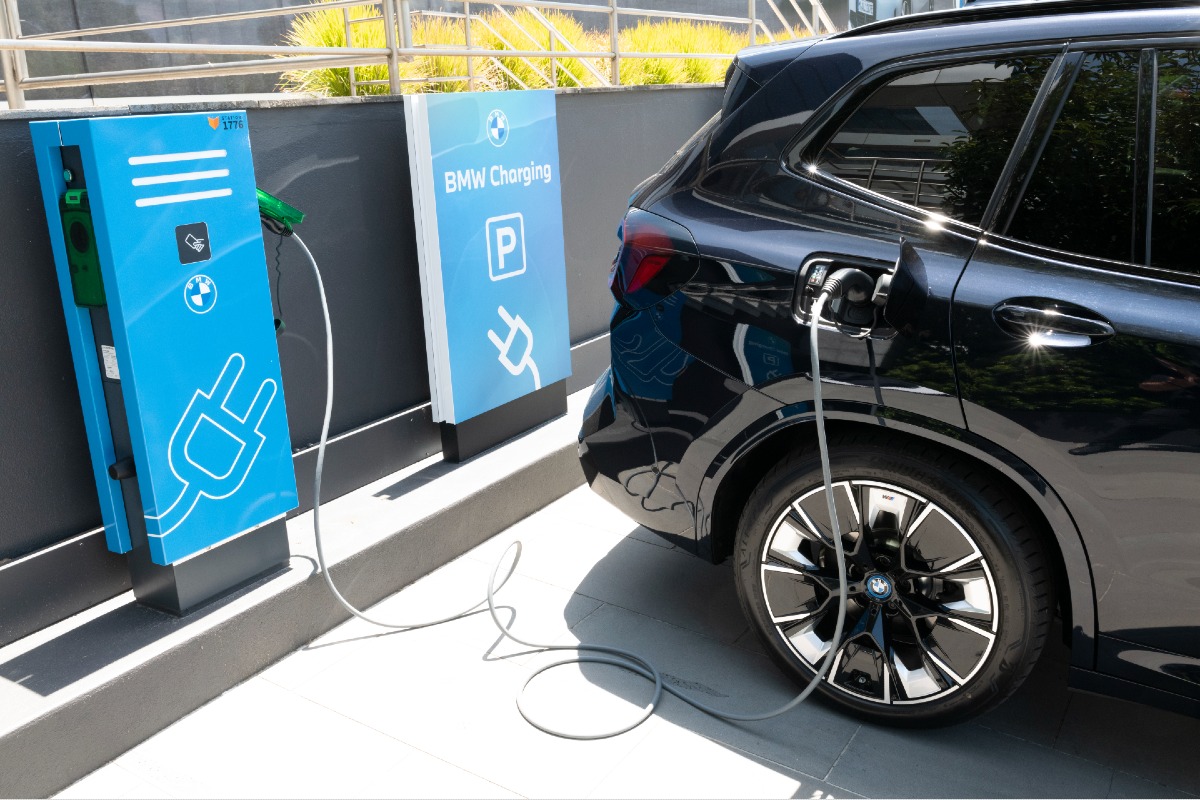
We drove the xDrive40 Sport model, with a more powerful xDrive50 also available along with a hero iX M60 variant. But that doesn’t mean it feels like the ‘cheapie’ options, far from it.
The xDrive40 is powered by a 77kWh battery and dual electric motors, one on each axle for all-wheel drive performance. The combined output is rated at 240kW of power and 630Nm of torque, which is enough for this full-size, five-seat SUV to run 0-100km/h in just 6.1 seconds.
It’s also good for a driving range of 425km, which isn’t class-leading but does offer up meaningful driving time for many people.
While it may not be the fastest electric SUV on the market, it’s a fantastic powertrain that offers up excellent performance for such a big vehicle. Certainly for this type of vehicle it has more-than-adequate performance, with a rush of acceleration anytime you press the accelerator.
How does it handle?
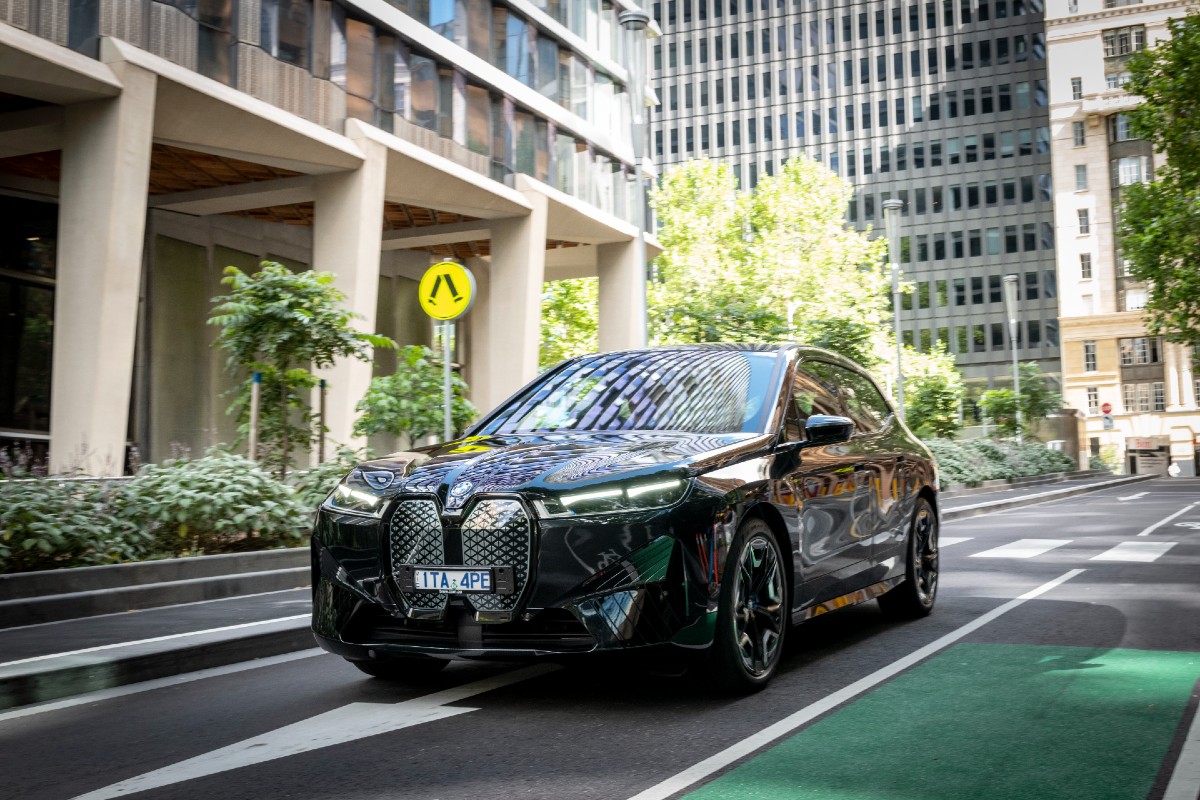
BMW has a reputation for creating firm-riding cars and electric vehicles have a tendency to ride harder than average due to the extra weight of the batteries. Despite this, BMW’s chassis engineers have done an excellent job tuning the iX xDrive40 so it rides with a surprising amount of comfort and control.
What makes it even more impressive is while the xDrive40 comes standard with 20-inch alloy wheels, our test car was fitted with 22-inch rims with 40 profile tyres.
While it may not be the ‘ultimate driving machine’, the iX is nevertheless an engaging and pleasant SUV to drive, with all key attributes – steering, suspension and braking – well tuned. It feels most at home, handling wise, on fast, sweeping corners rather than a twisty series of switchbacks as the weight makes itself known when you try quick changes of direction.
Overall though, BMW has done a nice job of making this an appealing luxury SUV, regardless of what’s under the bonnet.
Where would you most like to drive it?
Due to its size and weight the iX isn’t the BMW you want to take to the racetrack. But its well-tuned ride and handling package means it would be a great car for a weekend drive in the country.
What’s the interior like?
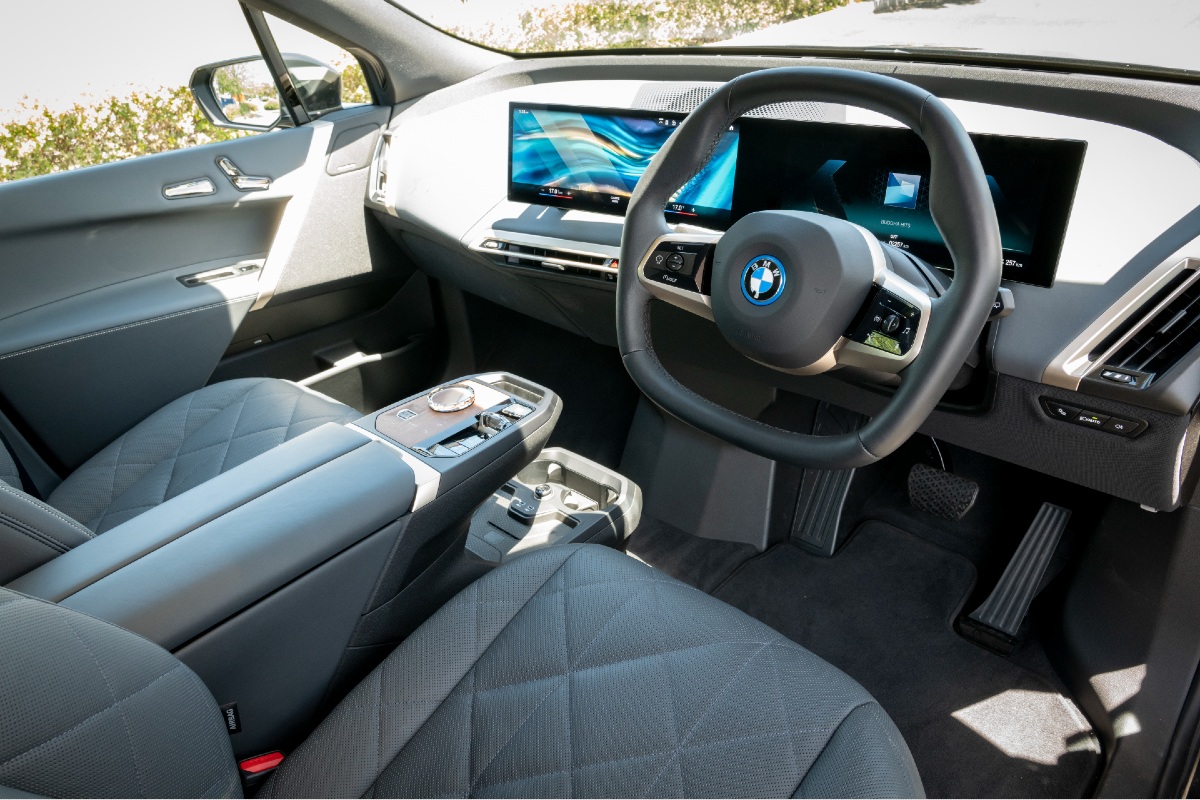
Unlike any other BMW currently on-sale today. This is a major departure for a brand that has, until now, taken a very conservative and consistent approach to interior design.
If BMW’s of the future will look like the iX inside then this is great news, because this manages to look completely fresh and yet entirely appropriate to the brand and its luxury heritage.
It does away with the traditional design for the instrument panel and instead switches to a huge panel that stretches roughly halfway across the dashboard. It’s a hi-tech upgrade that launches the brand into the future after years of evolutionary design.
There’s also a great mixture of new materials, including crystal-like glass switchgear and a wooden panel that incorporates haptic buttons, unlike anything else seen in the market.
As for space there’s loads front and rear, while the quilted leather seats look and feel premium.
How much does the BMW iX cost?
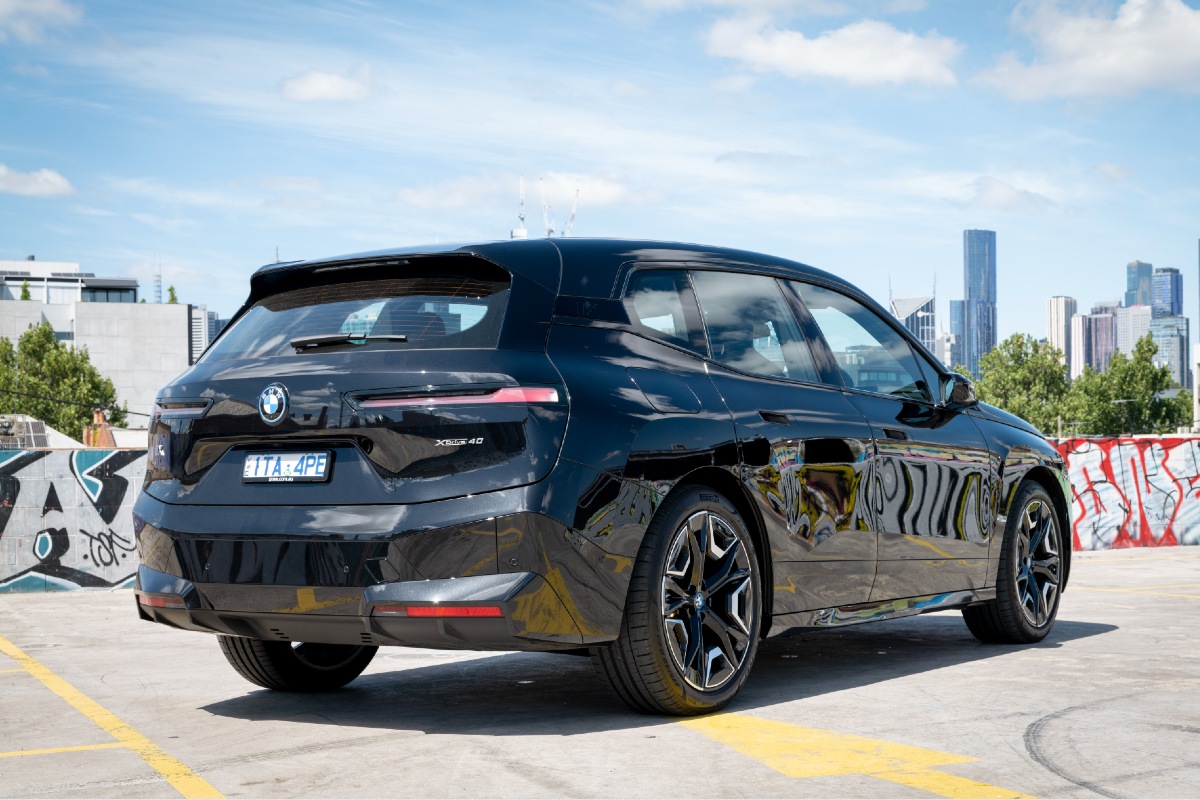
The iX xDrive40 is priced from $149,900 (plus on-road costs), which positions it alongside the more conventional and X5 M50i Pure (from 149,900).
In terms of its electric competitors, Tesla currently doesn’t offer the Model X in Australia while the Audi e-tron is priced from $138,323 and Jaguar I-Pace $142,580, so they’re all in the same ballpark.
Would I buy one?
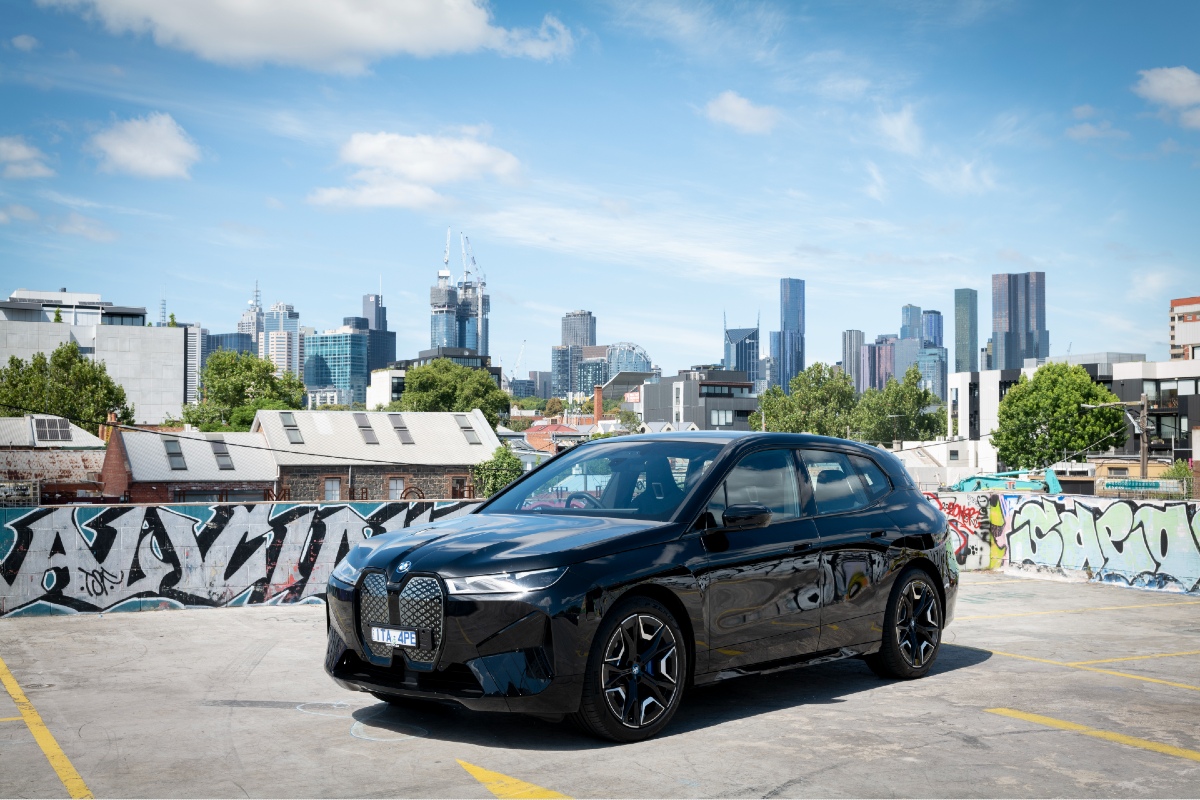
Definitely. This is the car BMW has long been capable of building, a fresh, modern and tech-laden luxury vehicle, but they have resisted in the name of tradition.
I hope the iX is used as a template for future BMW models because if it is, the company has the potential to evolve into a more compelling brand as we move towards an electric future.
2022 BMW iX xDrive40 Sport price and specifications
| Price: | From $149,900 plus on-road costs |
| Powertrain: | Dual electric motors |
| Power: | 240kW |
| Torque: | 630Nm |
| Transmission: | Single-speed automatic, all-wheel drive |
| Range: | 420km |
| Wheels: | 22-inch alloys (optional) |
| Tyres: | 275/40 R22 |
| Length: | 4953mm |
| Width: | 1967mm |
| Height: | 1695mm |
| Weight: | 2295kg |
| 0-100km/h: | 6.1 seconds (claimed) |













Discussion about this post